50 Amazing Hurricane Facts

Timely replacement
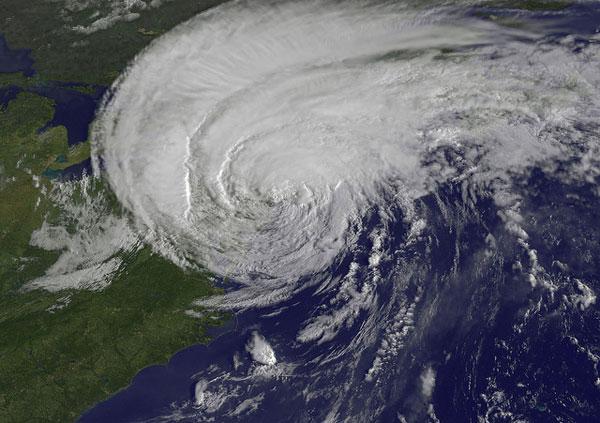
When a name is retired from the list, another name of that same letter and gender replaces it. For example, 2011's Irene was retired and replaced by Irma.
Up for retirement

76 hurricane names have been retired off the naming list. The most recent is 2011's Irene.
El Niño effects
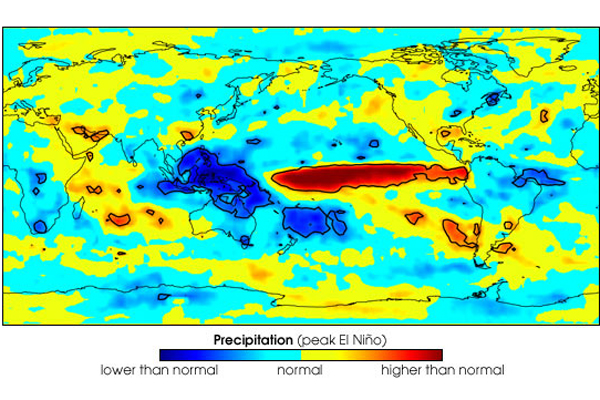
El Niño events tend to dampen Atlantic Basin hurricane formation by sending energy from the Pacific Ocean, in the form of high-altitude winds, all the way over to the Atlantic, where the winds tend to sheer the tops off some developing storms. La Niña events tend to bolster Atlantic hurricane formation.
Uncommon occurence
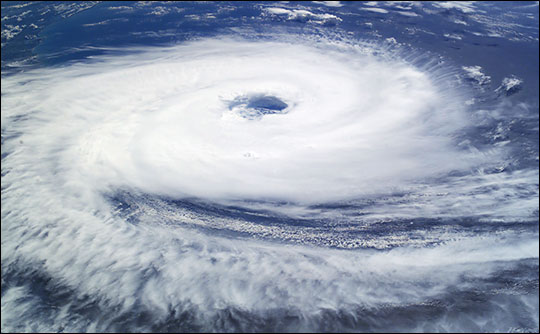
Tropical cyclones are very rare in the South Atlantic Ocean because atmospheric conditions there aren't conducive to their formation. A hurricane did form there in 2004 and made landfall in Brazil.
Historical cyclone tracks
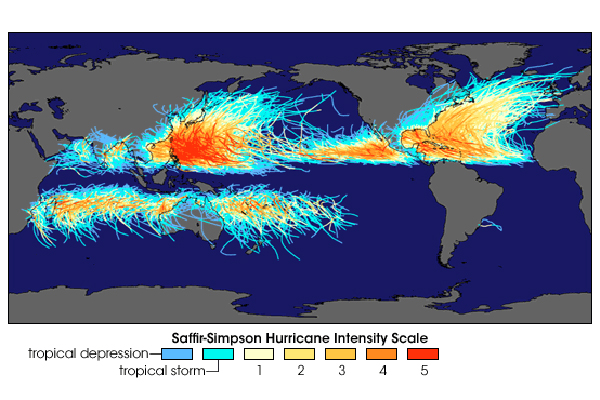
While the East Coast of the United States sees many hits by tropical storms and hurricanes, those landfalls are rare on the West Coast. This is because storms that form in the tropical and subtropical latitudes tend to move to the west-northwest in the Atlantic, this takes them toward the United States; in the Pacific, this takes them away from it. Water temperatures off the West Coast are also typically too cool to form and sustain tropical cyclones, as opposed to the warm waters of the Gulf Stream and Gulf of Mexico.
Early arrival
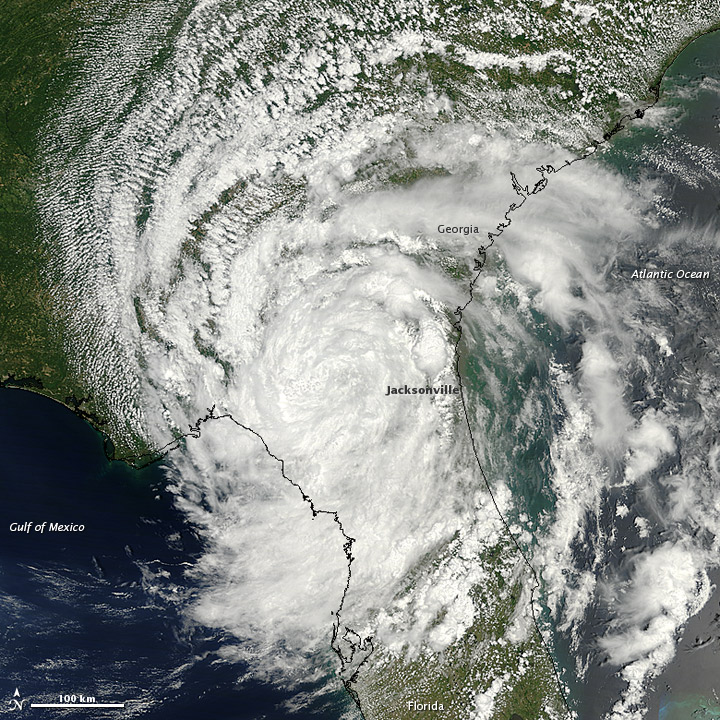
Tropical Storm Beryl in 2012 was the earliest second named storm of any season since record keeping began in 1950. It formed on May 25th.
Deadly storms
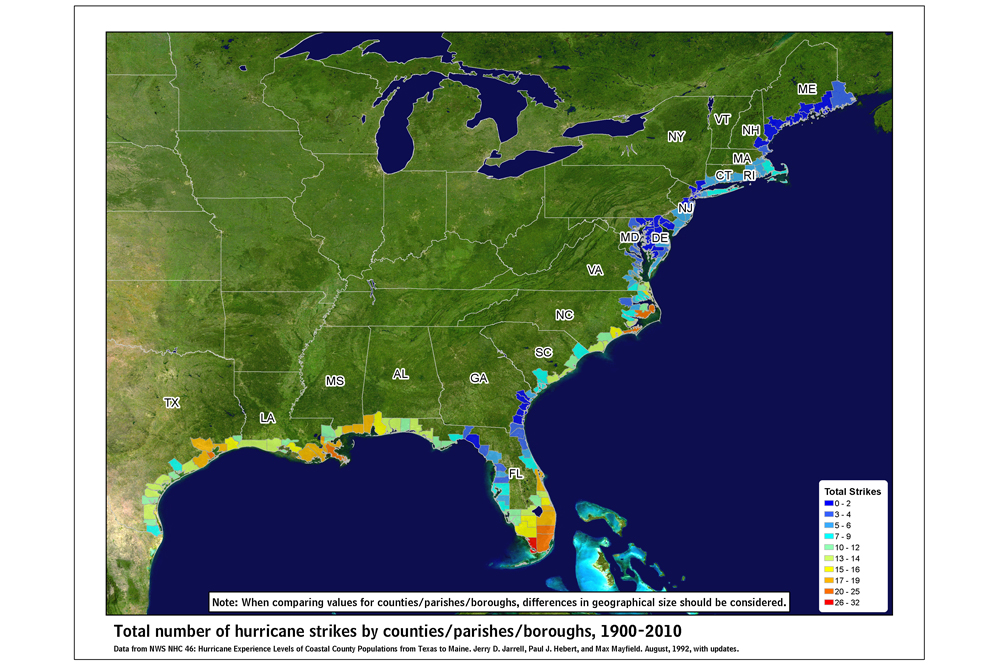
Hurricane Katrina, which hit in 2005, was the deadliest hurricane to strike the United States since the Palm Beach-Lake Okeechobee hurricane of September 1928. Katrina killed 1,800 people, while the Okeechobee hurricane killed 1,836 in the United States, 312 in Puerto Rico and 18 in the Bahamas.
Get the world’s most fascinating discoveries delivered straight to your inbox.
13. Strange damage
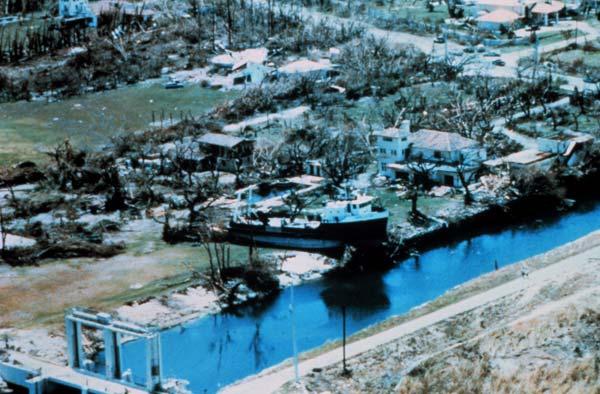
The 10 costliest hurricanes in U.S. history have all occurred since 1992. With the exception of Hurricane Andrew in 1992, they have all occurred since 2001. Costs have risen in part because more people and more structures occupy coastal locations.
Excessive rain
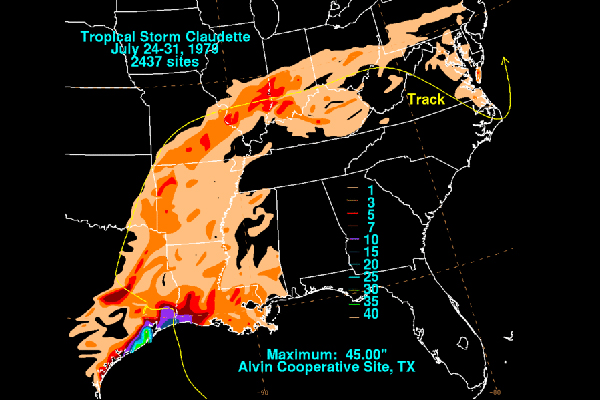
In 1979, Tropical Storm Claudette dropped excessive amounts of rain over parts of Texas and Louisiana. An observer west of Alvin, Texas, reported 43 inches (109 centimeters) in 24 hours, which is a United States record for a 24-hour rainfall amount. The storm total at that location was 45 inches (114 cm).
Quiet lull
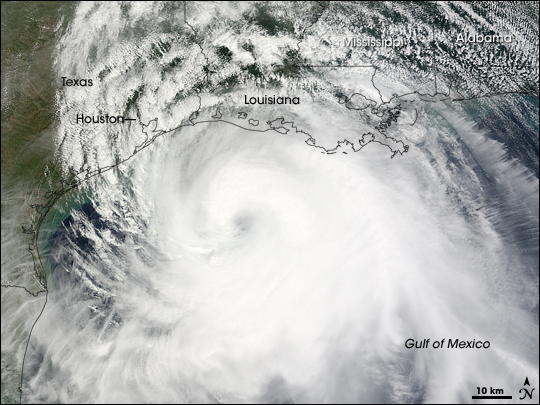
The longest gap between U.S. hurricane landfalls has been three years. This happened between Hurricane Ike in September 2008 and Hurricane Irene in August 2011 and between Hurricane Irene in October 1999 and Hurricane Lili in October 2002.



